The Discovery of Tutankhamun’s Tomb
Tutankhamun’s Tomb is more than an archaeological landmark. It is the unfolding of an ancient story filled with intrigue, serendipity, and revelation that transformed the world’s perception of ancient Egypt. Probabaly the most famous necropolis in the world, the tomb lay in the Valley of Kings, Luxor. It remained a mystery for over 3 millennia until it was discovered by British archaeologist Howard Carter, with Lord Carnarvon’s funding, in 1922.
In contrast to much of the royal tombs, Tutankhamun is one of the few that is not looted. We know now there were phenomenal artifacts with over 5000 items, including golden shrines, jewellery, statues, chariots, and the iconic golden mask, that amazed everyone. Specialists still say that the tomb's discovery was the most incredible archaeological discovery of the 20th century.
Nowadays, tourists on organised Luxor day tours do not miss visiting the tomb. On an Egypt travel package, one can enter the burial chamber and visit the exact spot where Carter stood, surrounded by the treasures of the boy king. While on their Nile cruise itinerary or on Egypt Classic Tours, many make a point of visiting the Valley of the Kings, making it a highlight of their trip.
When you visit Luxor, the Colossi of Memnon, the stunning Mortuary Temple of Hatshepsut, and the ancient Ramesseum are also notable places to visit. Visiting them on a tour of the West Bank of Luxor makes the trip more fun.
What to See Inside Tutankhamun’s Tomb
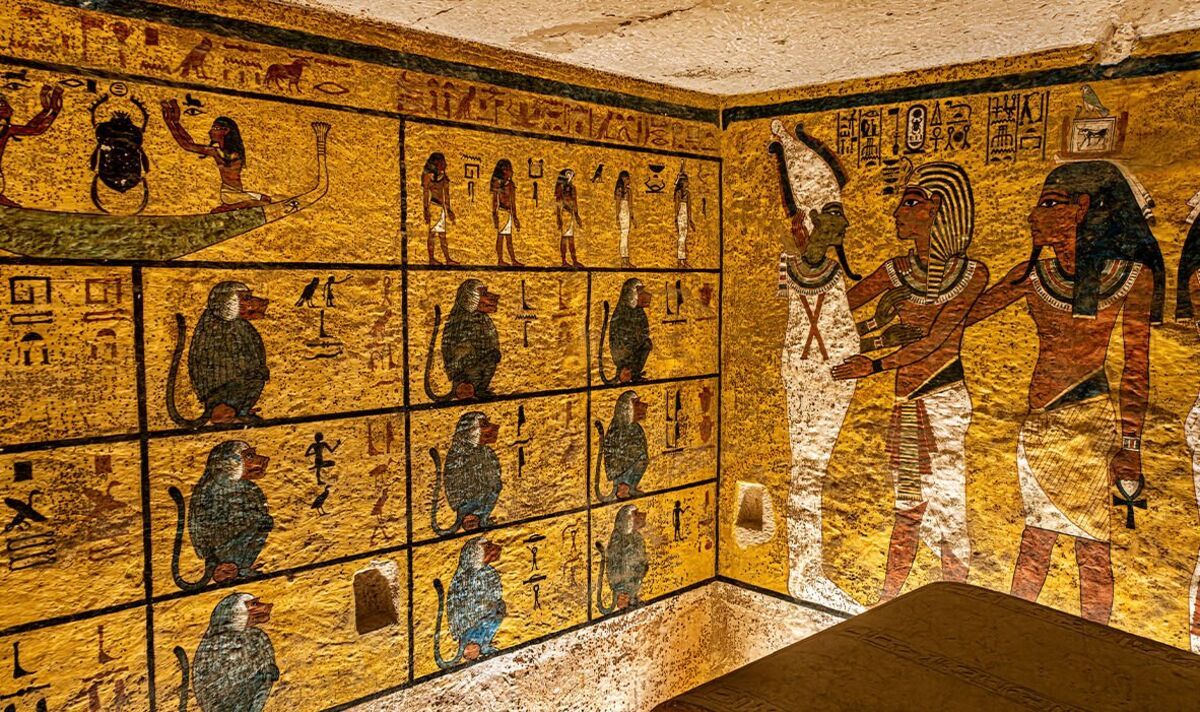
Though it's one of the smaller tombs in the Valley of the Kings, the resting place of Tutankhamun is delightful and
self and beautifully delicate in its scale. His chamber, with vibrant yellow backgrounds and his journey in the after life, along with detailed hieroglyphs, guides the child king across from Osiris and Anubis and Hathor, embody the old Egyptian ceremony for coming back from death.
By far the most important piece to see is the sarcophagus of the young pharaoh. Tut’s mummy once rested in four nested golden shrines but is now preserved in a glass case. Witnessing this piece of history first hand is quite an emotional agony for any day trip to Luxor or a tour to the same area.
Most of the original treasures in the tomb have been transferred to the Grand Egyptian Museum in Cairo but to exhibit the splendor of the tomb, some authentic and replica items have been left behind. That being said, the tomb itself has the most powerful atmosphere as the visitors are in the actual burial place of the “boy king” who ruled over Egypt for more than 3000 years.
If you’re touring with Luxury Egypt Tours, your guide might offer fascinating information regarding the tomb’s smaller than typical royal tomb structure, perhaps as a consequence of Tutankhamun’s sudden death. Such details make the visit more engaging and personally enriching.
How to Visit Tutankhamun’s Tomb
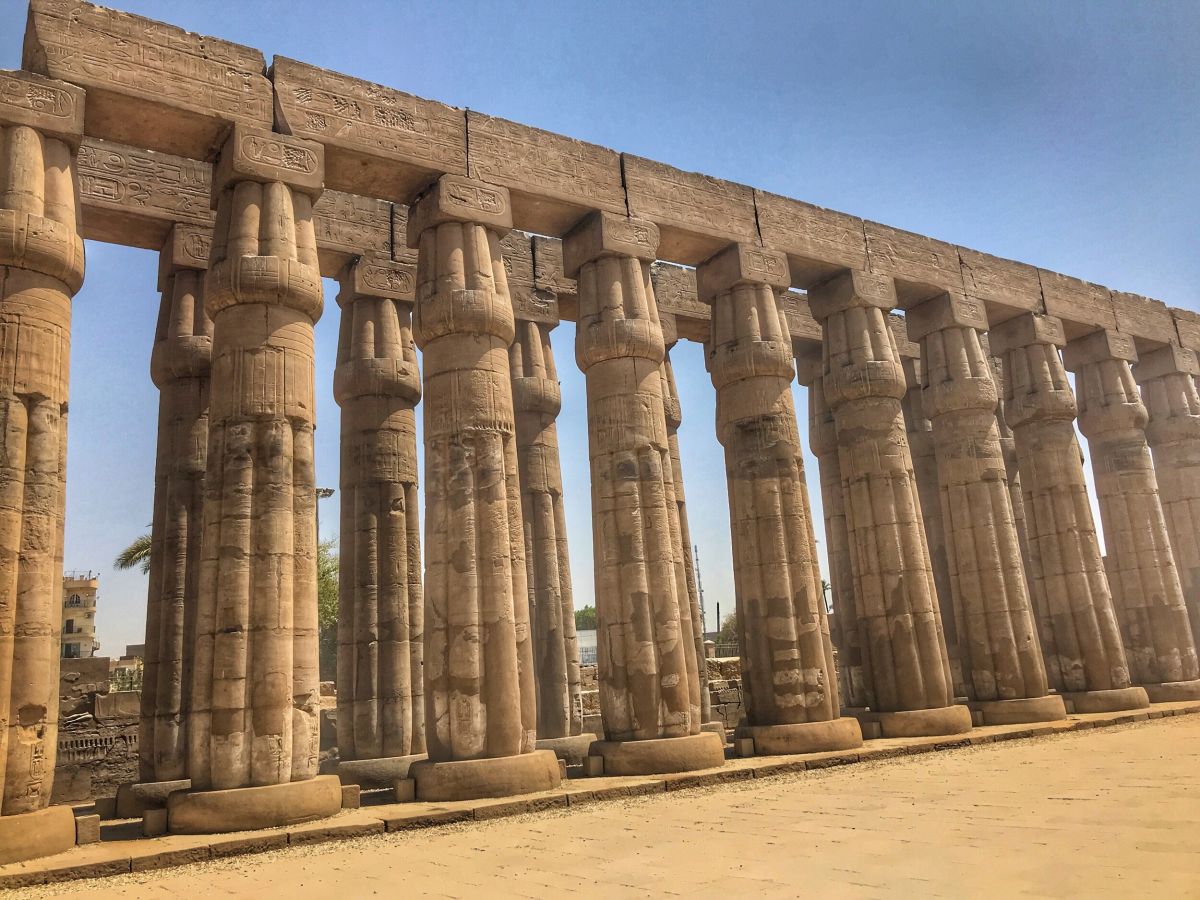
The tomb of Tutankhamun is located in the Valley of the Kings, an extensive burial ground on the west bank of the Nile river, across from modern-day Luxor. Like most guided tours in Egypt, his tomb offers entry to the Valley of the Kings where tomb visitors can choose to visit 3 tombs of their preference. However, unlike the rest, a special ticket is required for Tutankhamun’s tomb, as it is one of the most visited and carefully preserved sites.
Reaching the tomb is not a hassle as it is located in the Valley of the Kings, which is a 30-40 minute drive from Luxor. People attending Private Luxor day tours often enjoy other complimentary perks such as air-conditioned vehicles, expert guides, and skip-the-line privileges, all of which make the trip enjoyable and effortless.
Tourists on Egyptian Nile Cruise Tour are often given special group visits to the tomb and with the tomb scheduled to the tour, it makes it easier to visit Karnak Temple, the Luxor Temples, and to the tours of Luxor East Bank.
If your time to Egypt is limited, you have the option of booking a Luxor day tour from Cairo by air which normally covers the major Luxor highlights including the tomb of Tutankhamun. In addition, you can make your trip more valuable by booking a Nile cruise from Luxor to Aswan, which lets you visit the Kom Ombo and Edfu temples, which are just as interesting.
Tips for Exploring Tutankhamun’s Tomb in Luxor
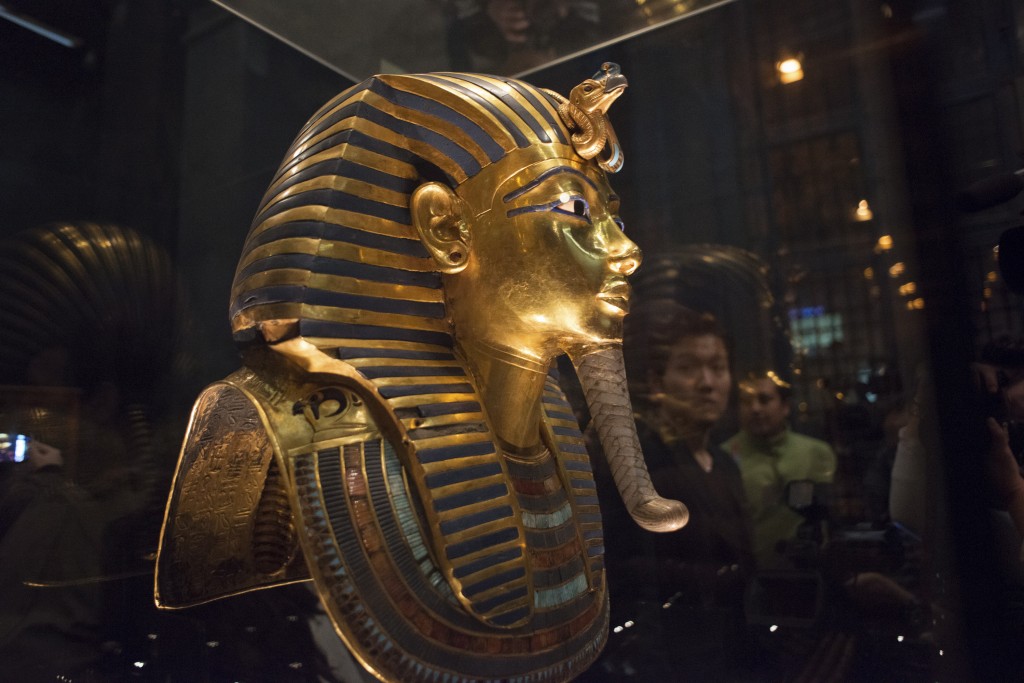
Plan for Early Arrival: Of all the monuments in Luxor, the Valley of the Kings is the most visited. To circumvent the noise and the scorching heat, plan to be there first thing in the morning.
Combine it With a Hot Air Balloon Ride: Hot air balloon rides are a glorious way of starting your day in Luxor. While the sun rises, you get to soar over the Nile and the Theban Necropolis. Once you land, make your way to Tutankhamun’s Tomb. The adventure awaiting you is everlasting.
Consider Hiring a Professional Guide: A professional guide will attempt to describe the symbolic interpretation of the wall paintings—a complementary understanding that you may fail to grasp on your own. It is a norm for Egypt Classic Tours and Luxury Egypt Tours to incorporate the service of competent guides.
Don't Rush: Even though the tomb doesn't take up much space, don't be in haste. Invest your time in soaking in the atmosphere and the art. The tomb is meant to be appreciated for its intricate art rather than for the overall structure.
Combine Activities: After completing your visit, either enjoy the felucca boat ride on the Nile or attend the evening Luxor Sound and Light Show at Karnak Temple. Either activity will nicely conclude the day.
Nearby Attractions to Combine
Tutankhamun’s Tomb is a noteworthy feature but one of the many wonders of Luxor, which is often nicknamed the “world’s greatest open-air museum.” When considering a visit to Egypt, it is important to plan in such a way that you visit as many places as possible, such as:
Temples of Hatshepsut: An ancient architectural wonder built on the cliffs of Deir el-Bahari
Valley of the Queens: The location of the tomb of Queen Nefertari, which is one of the most beautifully decorated tombs in Egypt
Medinet Habu: The mortuary temple of Ramses III, which is well-known for its military reliefs
Luxor Museum: Contains treasures from Tutankhamun’s tomb as well as other relics found in the area
Luxor Temple & Karnak Temple: These temples are important during a Luxor East Bank tour and are even more striking during monument night illuminations
Colossi of Memnon: Two giant statues protecting the Theban necropolis
These places can be organized into a single Luxor West Bank tour or can be visited across a few days at a more relaxed pace. Whether you are on Egypt family tours, a Luxury Egypt Tour, or a tailor-made Egypt vacation package, Luxor has a lot to offer.
Why Tomb Should Be Part of Every Egypt Tour

While visiting many temples and monuments end up blending into one experience, Tutankhamun’s Tomb stands apart. The moment you perched into the tomb, the entire chapter of history scribed itself anew in your mind. From the awe of the rediscovery to everlasting enigma of the short-lived reign of the boy king, the tomb draws an evergreen number of globetrotters to its gate.
Booking an Egypt travel package with us will ensure that your vacation is filled with marvels and along with our extraordinary services, you wont feel like missing out on anything. Whether it is a cruise on the Nile River from Luxor, a day tour to Luxor from Cairo, or an Egypt Classic Tour, a visit to Tutankhamun’s Tomb is surely one of the highlights of Egypt along with the scarce traditions it holds close to its core.






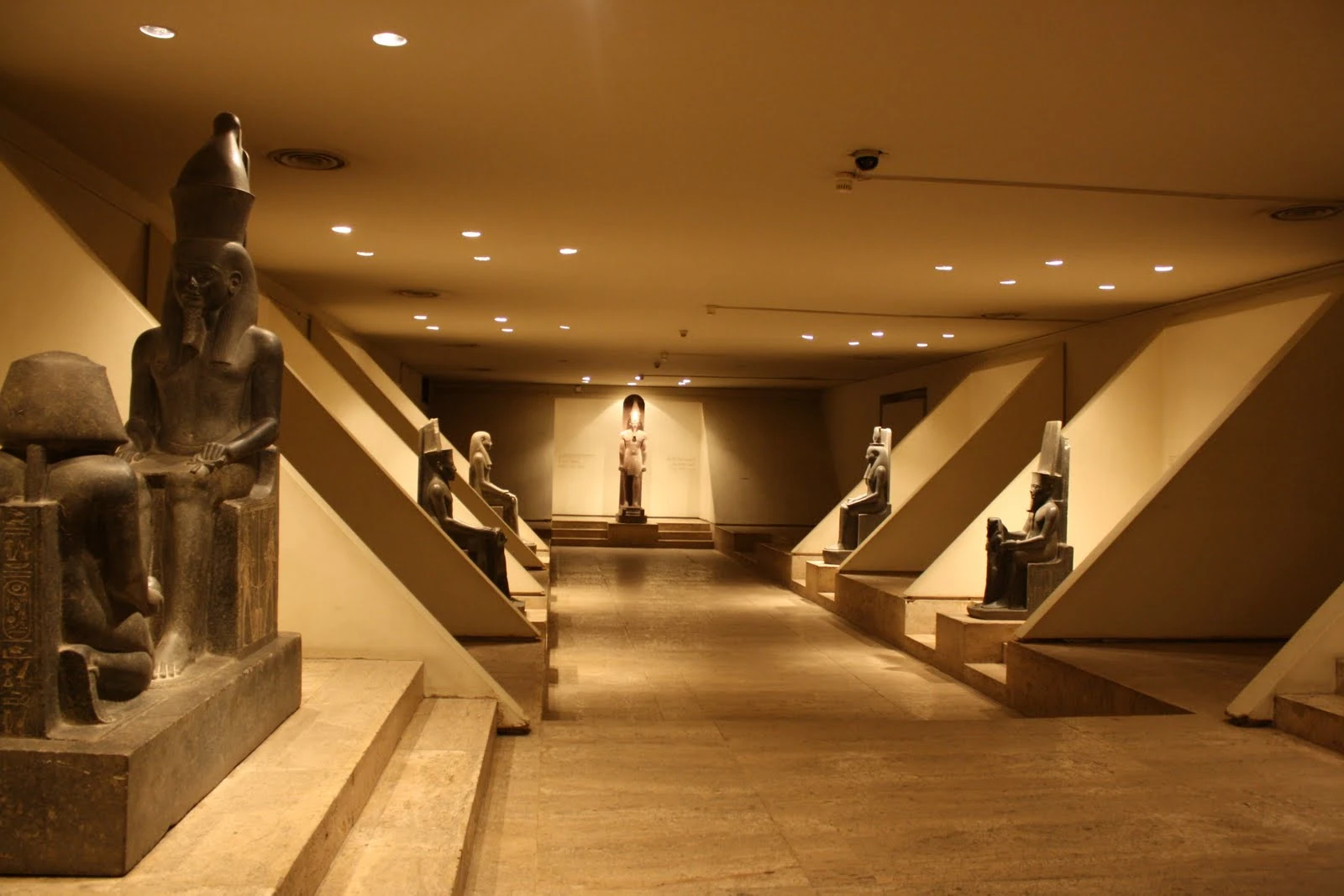



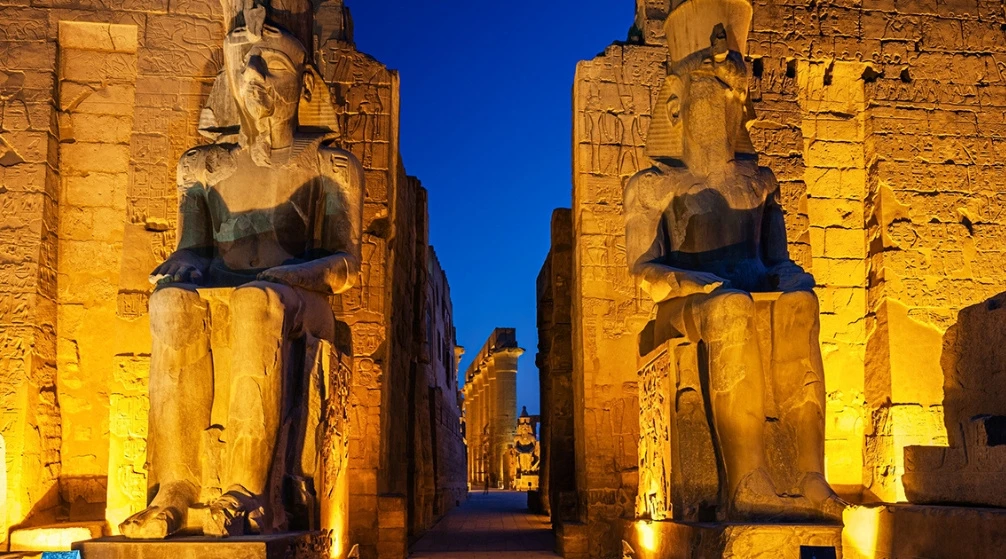
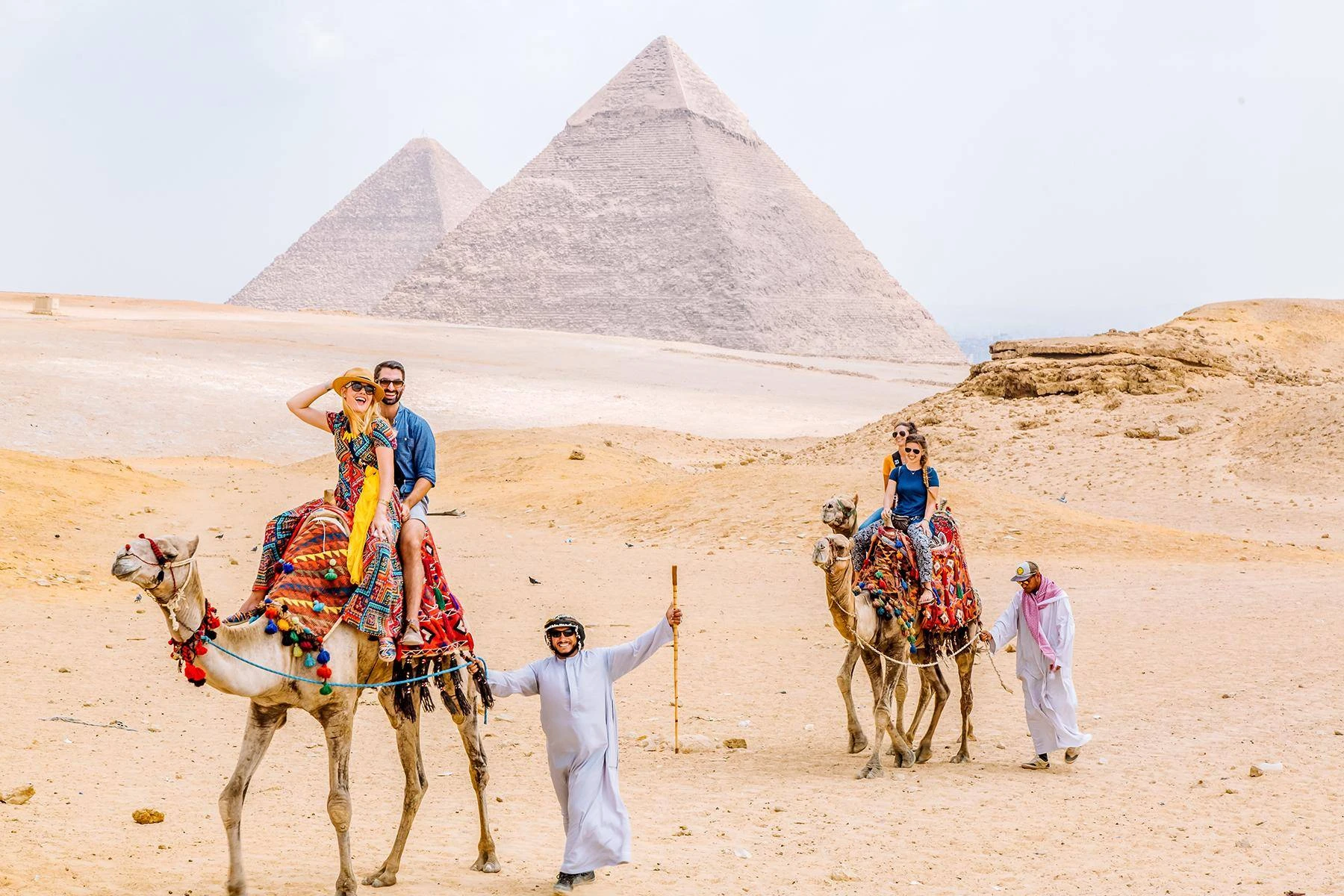


-(2)-webp.webp)

-webp.webp)
-webp.webp)

-webp.webp)
